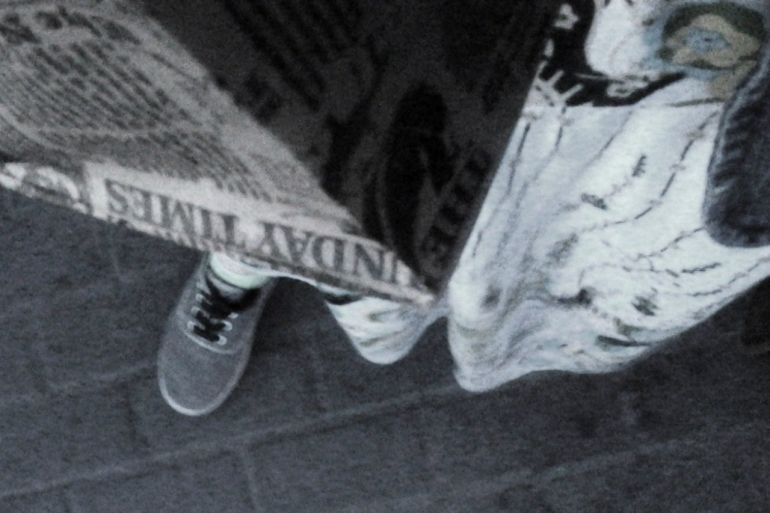Tips for care of Jade Tree (Crassula, money plant) for achieving better leaf color

Ru
A lot of factors influence the coloration. We consider them in our article.
What soil is needed for Jade Tree
The soil should be non-nutritious, without peat, or with its minimum amount, and the plant should receive nutrition during watering with fertilizers.
The composition of the soil can be as follows:
- coconut substrate,
- garden barren soil,
- sand.
Proportions – 1:1:1.
All components must be sterilized and planted with useful flora, for example Fitosporin, as well as Baikal or Emochka.

Proper lightning for plants – Crassula
Additional lighting can be used with 865 white fluorescent lamps (sold only in Internet) 3 lamps in a row. Using phytospectrum (popular blue-violet plant lamps) can have a negative effect on the appearance of yellow tints on the leaves, as it improves the formation of green chlorophylls. And white lamps destroy them well, which actually causes yellowing of the leaves.

At what temperature the Jade Tree (money plant) should be kept
In summer, in the heat, plants lose their red color and become more yellow, they need to be shaded from the sun with a mesh and provided with good ventilation.
Temperature changes during outdoor maintenance, and specifically low temperatures +5, +10 at night - also colors plants well. Prolonged drought with loss of turgor is allowed only in cool weather (but in no case in heat, otherwise it will burn) will also color the plant more.
The regime of watering in the heat when kept in the sun is especially important (!). After abundant watering, the earthen lump must dry completely before the next watering. Leaves without turgor can easily get thermochemical damage. The concentration of sap and fertilizers in it at high temperatures will destroy plant cells, and spots, dents, up to complete leaf fall and plant death appear. Therefore, it is important to give the plant a good turgor during the first watering, and then maintain it with timely watering of a completely dried lump. It is better to do it at night. If you water the plant in the heat during the day, it can die from bacterial collapse (crumble into "spare parts") or get a bacterial infection of the roots, which can "turn off" them and firstly the plant will stop drinking, then get sunburn from leaf dehydration and die.
Keeping directly by the glass on the windowsill colors the plant better than if it was moved 10 cm away from it.
Jade Tree. Watering. What water is needed for watering of the Crassula
Tap water from the Dnieper is hard and contains a lot of nitrates, phosphates and iron (rust in particular). These components nullify all efforts to achieve good colors of the plant. It is preferable to use soft rainwater for watering, or additional purified (preferably osmosis), in extreme cases artesian water.
 With what money plant is fertilized. What fertilizers to use
With what money plant is fertilized. What fertilizers to use
I use potassium-humate fertilizers. Humates and potassium improve the red color of the leaves. My fertilizer now - Growth concentrate with Humate 5:10:15 in a dosage in the form of weak tea in winter and a little stronger starting from mid-April.
A piece of advice
If you use lamps, then you need to light 16 hours a day. The distance to the lamps is 5-10 cm, plus the plant should stand in the brightest place near the glass itself, where the sun most of all gets (it concerns the windows which are not in the south direction). In summer, the backlight is turned on in those hours when there is no sun. Provide good ventilation and timely watering in hot weather. Any overdose of fertilizers can lead to color loss.
Why don't the leaves of the Korean kinds of Crassula (Jade Tree) turn red and yellow?
We consider the main reasons which influence the bright color of the leaves of Jade Trees.
Enemies of the yellow color of Kagetsu, and not only it, but also the yellow young leaves of compact Jade Trees
- White, daylight or sunlight is insufficient in intensity and duration. Everyone knows that bright and long-lasting light destroys green chlorophylls (green cells responsible for photosynthesis).
- A spectrum of light dominated by red and blue spectra, which contribute to the good formation of green cells – chlorophylls.
- Phosphates and iron supplied with water or fertilizers (mainly in tap water from the Dnieper). Iron acts as an a helper in the fight against chlorosis (yellowing of leaves), and phosphorus, according to my observations, improves the formation of chlorophylls in young leaves of the plant.
- Rare watering. Rapid growth means that in young leaves the growth rate prevails over the rate of chlorophyll formation, so young leaves that grow quickly are light, yellow or white (depending on the plant variety and lighting conditions). With rare watering, growth is greatly inhibited, and the formation of green chlorophylls catches up with growth, as a result, the upper leaves turn green because of old age.
Enemies of red edging and red leaf color of Jade Trees
- High temperature of keeping. It is known that in summer, in the heat, all red colors fade, but yellow ones remain, as the duration and intensity of light increases. Red colors fade because of high temperatures. I cannot explain the nature of this phenomenon, I just express the results of my own and others' observations.
- Light is insufficient in intensity and duration. As in the first case, the intense light that destroys chlorophylls helps the formation of red anthocyanins, as they are suppressed by chlorophylls. And we know that continuous and bright light destroys them. As a result, anthocyanins are not destroyed by chlorophylls.
- Not long enough and intense light in the UV spectrum - open sun, mainly at sunset and sunrise, as well as daytime sunlight, without obstacles - glasses that trap UV rays. UV rays improve the formation of anthocyanins.
- Frequent watering, and as a result, rapid growth. It also contributes to poor anthocyanin production.
- Nitrates in tap water, or improperly balanced fertilizer, where there is more nitrogen than potassium and phosphorus. Nitrogen regulates growth rate as frequency of watering does. Potassium controls nitrogen. Therefore, it is important to use balanced fertilizers, where potassium is more than nitrogen, and phosphorus is less than nitrogen, and to abandon organic fertilizers and nutrient soils.
- The absence of soil or fertilizer Humate. Extraction from peat or coal, in the form of Potassium Humate, for example, is good for the emergence of anthocyanins, red colors of leaves and trunk. Fertilizers containing Potassium Humate (dark brown concentrate) improve anthocyanins but can reduce yellow tints on young leaves. Therefore, here it is necessary to choose the correct dosage, depending on the conditions of maintenance and the variety of the plant, as well as depending on the expectation for the color of the plant.
© Andrey Girin


























